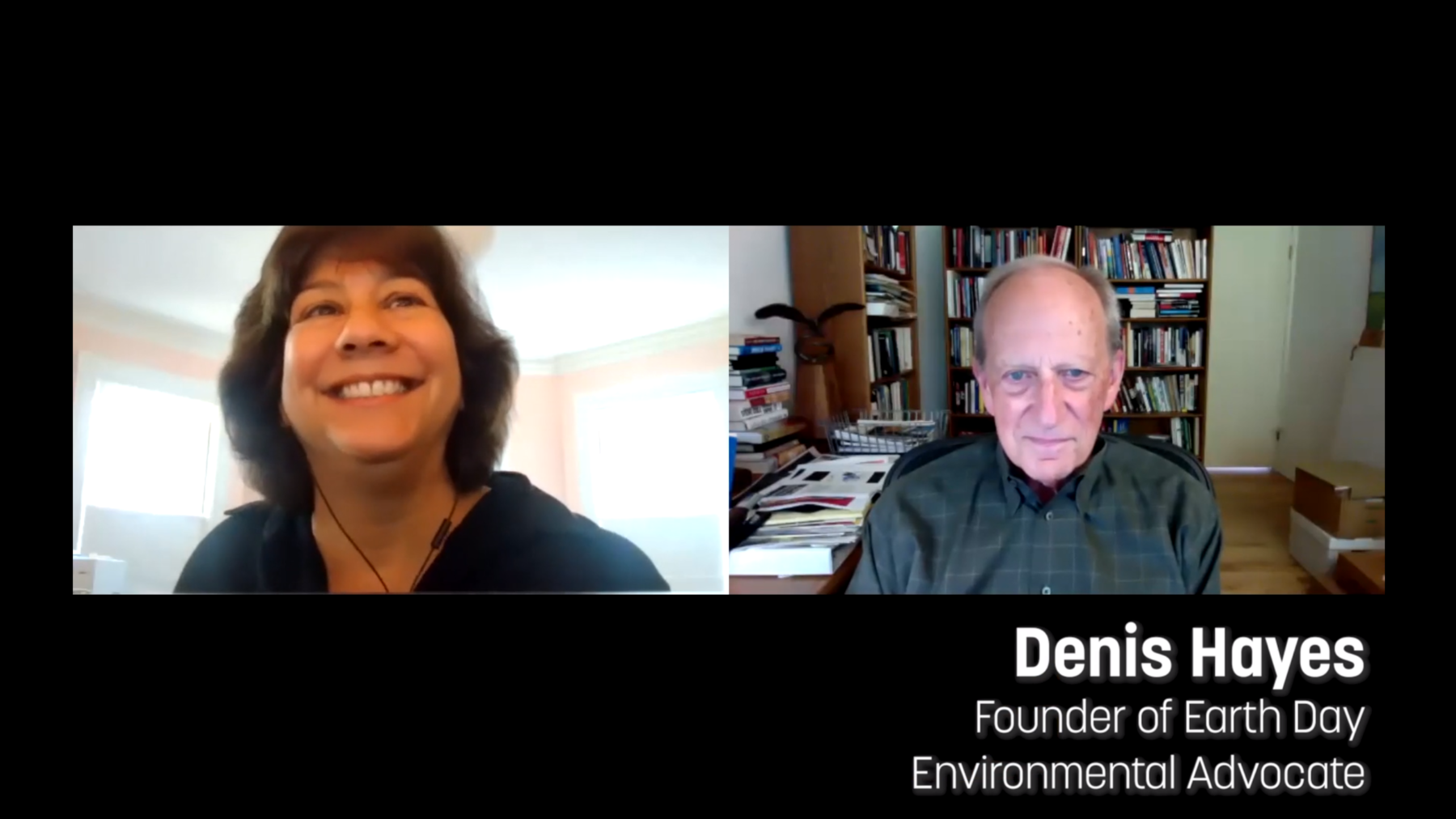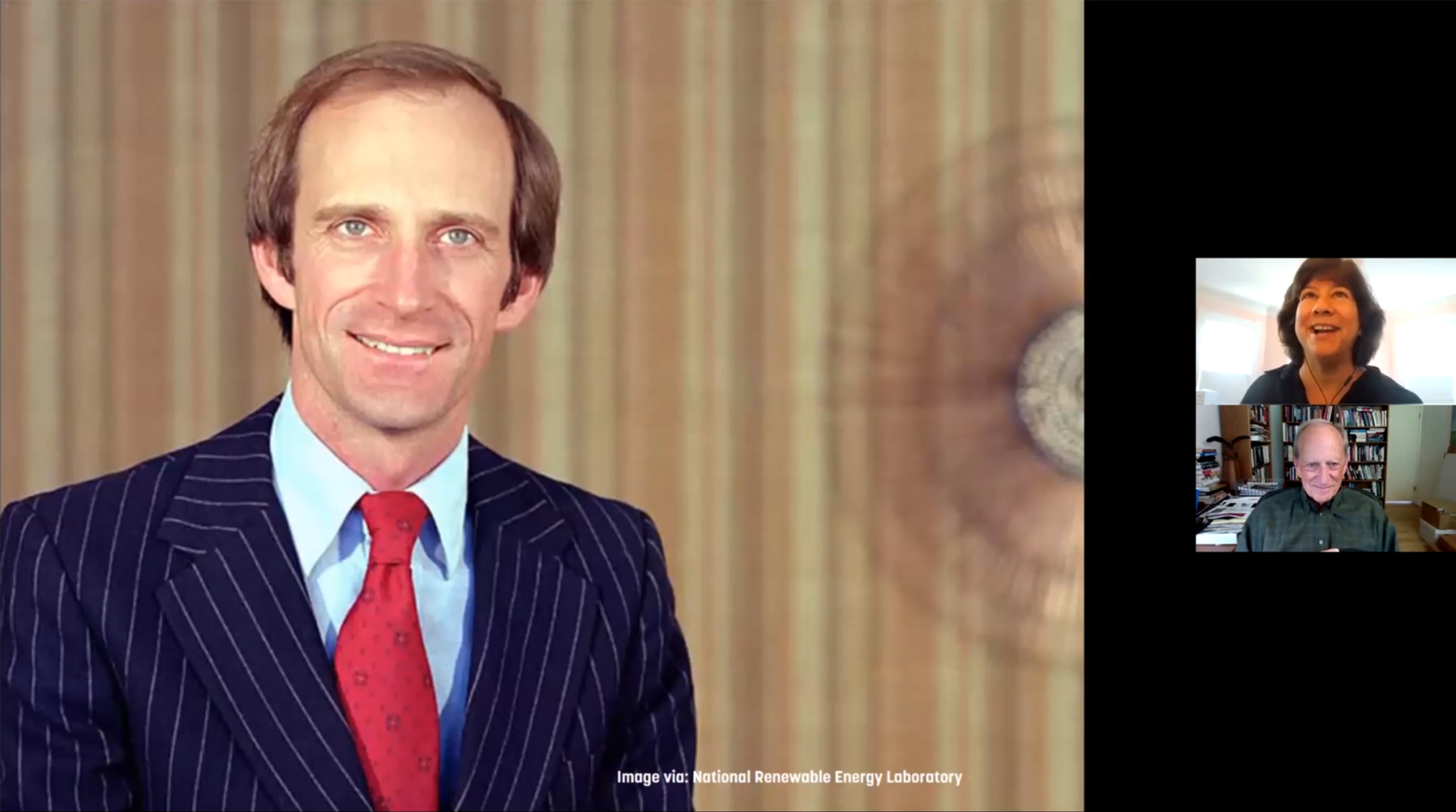Kelly Farrell Shares Earth Day Reflections on Ecology and Sustainability
Our environment benefits the most when these two disciplines are in conversation
 Sasaki
Sasaki

To celebrate the 50th anniversary of Earth Day, Sasaki hosted a virtual Q&A with renowned activist and environmentalist, Denis Hayes, and Sasaki’s Director of Sustainability and Resilience, Tamar Warburg.
Hayes’ career is storied and inspiring, spanning his role pioneering the original Earth Day in 1970 to heading up the Solar Energy Research Institute (now the National Renewable Energy Laboratory), to acting as President of the Bullitt Foundation since the 1990’s, to leading the design and construction of the energy-positive Bullitt Center in Seattle in 2013.
Sasakians asked Hayes pressing questions about climate activism, design that addresses environmental change, and anticipated trends in the climate movement due to the Coronavirus pandemic.
“The first Earth Day was first and foremost a ‘teach-in,’ and it spurred environmental awareness across the country,” shared Warburg when introducing Hayes.
What architects can do that’s really unique is be a source of inspiration, a source of vision that causes everybody to realize...this is a chance to make a statement—that's a role that architects can do better than anyone else. The buildings are your creations.
Denis Hayes

Hayes shared many meaningful stories from his career as an environmental advocate
Throughout the discussion, Hayes reflected on what drew him to climate activism and where he sees environmental advocacy evolving in the future. He also shared the complexities behind building the Bullitt Center in Seattle from the ground up. The Bullitt Center, which is certified by the Living Building Challenge, meets the highest sustainable performance standards: it’s energy-positive, water-positive, and reduces embodied carbon with a heavy timber frame.
After discussing the Bullitt Center, Warburg asked Hayes, “as the next generation of planners, architects, landscape architects, and engineers, what can we do at Sasaki to best protect the environment?”
Hayes spoke on revelations he came to through the process of designing the Bullitt Center, emphasizing the importance of thinking decades down the line in all of our work.
“With climate change, you’re designing for what the climate is going to be like in that location 10 or 15 years in the future, not today,” said Hayes. “There was a hockey player who said, ‘I never go to where the puck is. I go to where the puck is going to be.’ Build the building for what the climate is going to be.”
Hear the rest of his answer and the complete conversation below.
Let’s use this moment to renew our efforts and ensure that every Sasaki project helps build a more resilient and sustainable Planet Earth!
Tamar Warburg
Our environment benefits the most when these two disciplines are in conversation
Sasaki's Director of Sustainability, Tamar Warburg, shares project examples and best practices for dealing with extreme heat
Sasaki's Director of Sustainability and our 2019 artist-in-residence sit down to discuss topics both broad and intricate